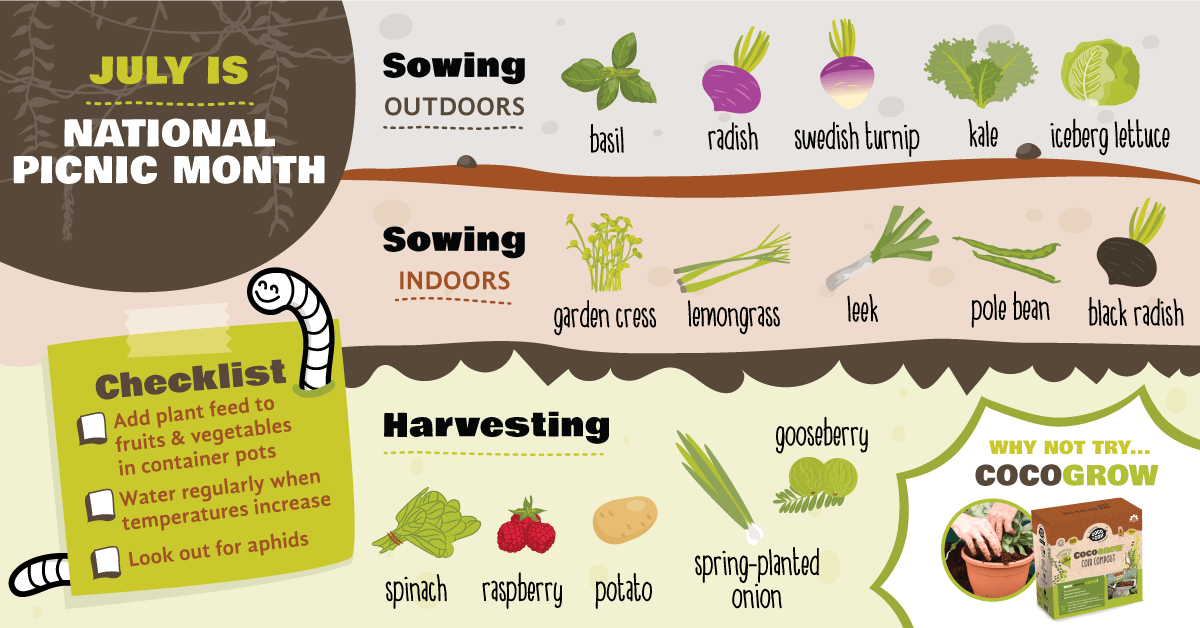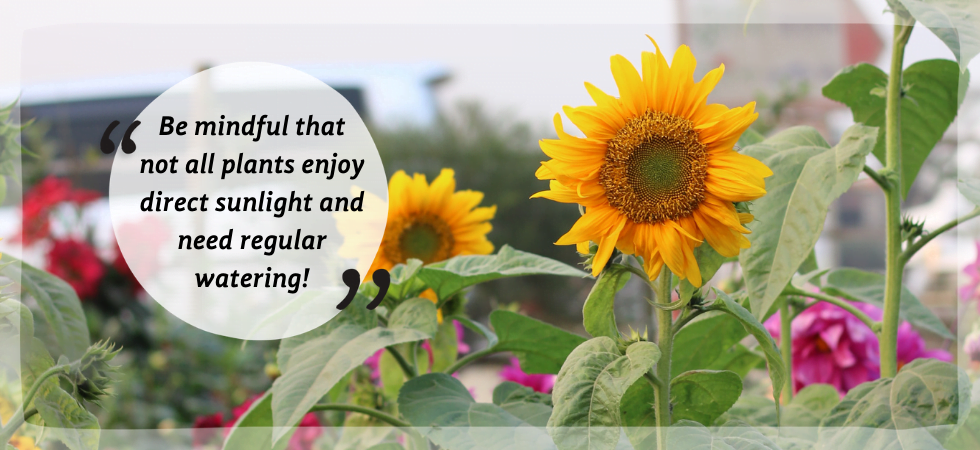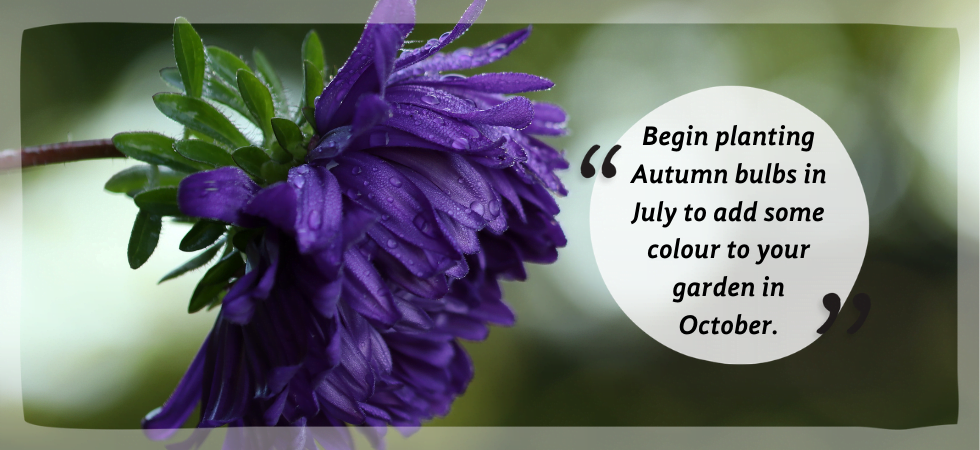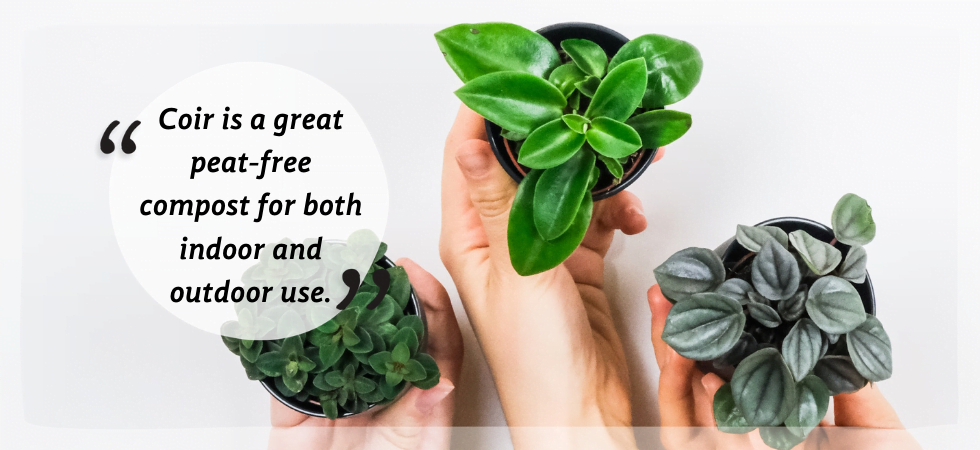Gardening Jobs In July
Your gardening jobs in July
As we enter high summer, there are plenty of gardening jobs in July to keep you busy. Take a quick peek at our infographic below (and print it out to hang up in your shed or anywhere else near your plants!) and check out some of the vegetables you can get stuck in to this month.

Gardening tips for July
In July, most of the gardening tasks we have are all about keeping on top of what’s already growing. All those seeds planted and cared for through spring are finally ready to be properly tended to – and in some cases harvested. Let’s get to it, gardeners!
If it’s dry, it’s best to water your plants really well a few times a week, rather than every day. Otherwise roots get lazy and won’t reach down into the soil. Sit pots in saucers so they continue to soak up any excess water. Make sure you’re soaking the bottom of the plant, not just the leaves. And to avoid the water just evaporating into thin air, water early in the morning or later in the evening.
Remember, plants get thirsty AND hungry, so add a liquid fertiliser to your watering can every fortnight. Roses, tomatoes and dahlias are particularly greedy – think Audrey from The Little Shop of Horrors and you won’t be too far off the mark! If your plants are needing a little more of a boost, you can add a little Coco Boost (haha, get it? Boost for a boost? Oh, we tried.) to the soil. Not only will this help to reduce moisture loss in the heat, it also has 6-months’ worth of plant feed included inside it. Perfect little pick-me-up for your plants, we think!

Heat and sunshine boost your flowers and veg but also your weeds, so keep on weeding so they don’t have a chance to spread their seeds. The same goes for dead-heading flowers. By snipping off spent flowerheads, it triggers the plant to create more buds. Growing tomatoes? Pinch off tomato side-shoots so the plant’s energy goes into growing tasty fruit rather than leaves.
If you have a pond, algae and blanket weed love warm temperatures and can quickly take over. Clear away any surface debris and top up water levels from the water butt. If you need to use tap water, set it aside for 24 hours for the chlorine to dissipate.
What can be planted in July?
Veggies for the table
Enjoy a summer of delicious salads by sowing ‘cut and come again’ salad leaves every few weeks. For added zingy flavour and colour, sow radishes and beetroots.
Early July is your last chance to plant out sweetcorn, courgettes and squash plants. You have until mid-July to sow peas, dwarf peas, French beans, carrots and dwarf beans for an autumn harvest.
Flowers for a flair of colour
In the wild, many flowers have now turned to seed. This is a gardener’s cue to sow seeds of their garden equivalents, such as foxgloves, forget-me-nots and honesty.
Cheer up future October you by planting autumn-flowering bulbs like colchicum – autumn crocuses, and sternbergias also known as winter daffodil. Nerine bulbs can take a couple of years to flower, but are a vivid splash of colour against the faded leaves of autumn and grey skies.

What can I harvest in July?
Did you know a courgette is just a baby marrow? Pick ‘em now before they grow too big! (Unless you are entering a rather esteemed giant vegetable competition akin to Wallace & Gromit!)
When your garlic starts to turn yellow and flop, it’s time to harvest.
Depending on how much sunshine you’ve had, your tomato crop might be ready too. Yum!
Pick your broad beans in July, but leave the roots – as they rot, they’ll give your soil a boost of nitrogen. You need to keep picking runner beans too so they don’t get too large and stringy.
Top tip: heading off on your hols? Add ‘pick me!’ signs for whoever is plant-sitting and watering on your behalf so they know which plants should be picked and preened while you are sunbathing on the beach.
Best garden plants for July
It’s tempting to fill up blank patches by dashing to the garden centre and buying whatever’s in flower. But often these are annuals which will just die in a few months. Instead take stock of what’s working and what’s not, and think about adding perennials which will continue to last into next year.
Instagram, YouTube and TV programmes can provide inspiration. But what works well in warm and damp Cornwall could fail miserably in a windy garden in Yorkshire. So pay attention to front gardens near you. Even better, visit a local garden that’s featured in the National Garden Scheme. Volunteers apply to open up their private spaces for charity, from courtyards to country estates. You may even be able to buy cheap seedlings, or score some delicious tea and cake. Cake doesn’t count if it’s eaten outdoors, right?
Potting up plants?
Whether you’re growing tasty veg in pots or raising fabulous flowers, our peat-free Coco Bloom blend is the perfect all-purpose compost. Use it indoor and out for some fantastic blossoms throughout your garden and in your home – you won’t regret it!

Tips from the ‘Green Gardeners Guild’ online advice library
On the lookout for more tips and hints? Our blogs are packed with advice:
• The best vegetables to grow in raised beds
• How to start a vegetable patch
• The benefits of urban gardening
Show us your gardening job wins!
Are you a keen bean in the garden this July? Show off your pics and tag @cocoandcoir on Instagram. We’ll credit you for any images we use and you’ll also be in with a chance to win some Coco & Coir goodies for your sustainable garden.










